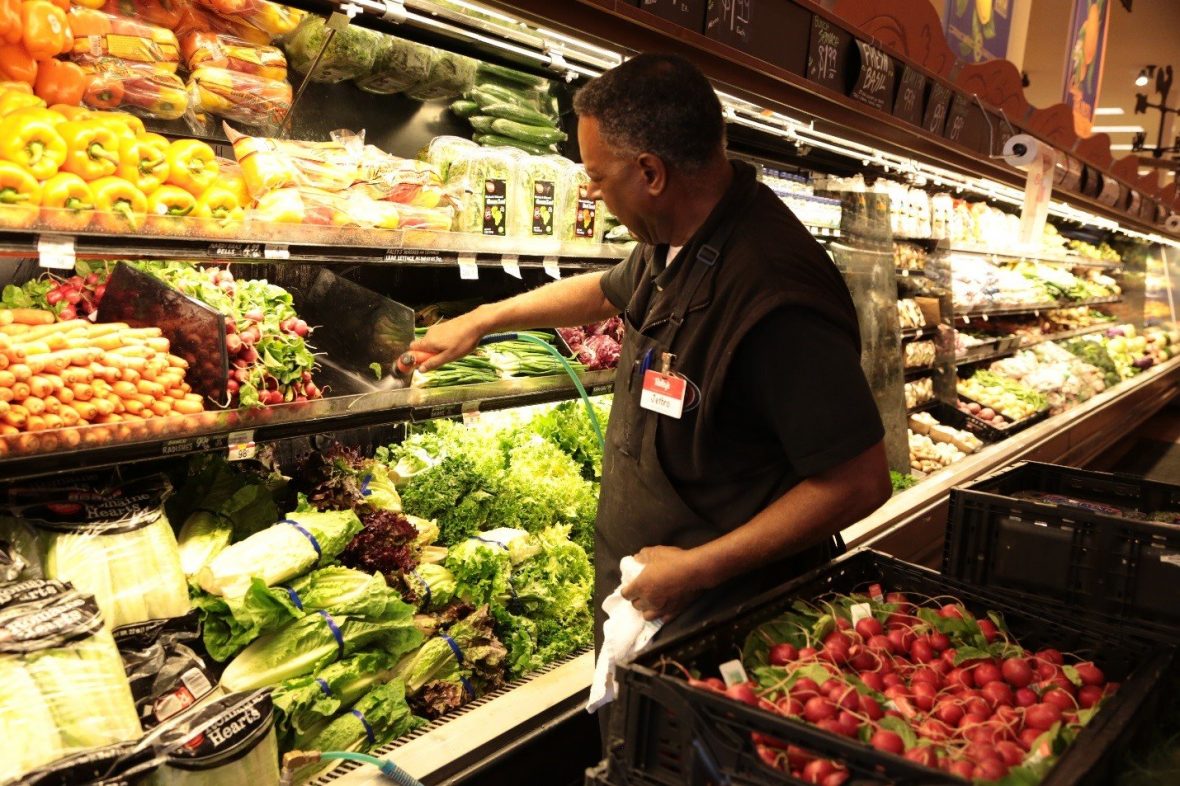2016 was a year full of lessons and learning opportunities, even within the supply chain industry itself. The past year brought us stories drawn from fire, quality failure, fresh thoughts about customer service, and the rise of E-commerce. Here are four of the most important supply chain lessons we can learn:

How robust is your fire safety system? The Gap distribution center’s 99,000 square foot Building 100 went up in flames on August 29, in a fire that was reported as being intentionally set. Approximately 100 employees working in the building at the time safely evacuated. The company, along with the Bureau of Alcohol, Tobacco, Firearms and Explosives offered a joint reward for information regarding the blaze. The Fishkill, New York facility had provided 30% of Gap’s total distribution space and fulfilled around 10% of the company’s orders. Sales dipped by 3% in September, a drop directly attributable to the disruption.
Warehouse fires, unfortunately, are all too frequent. According to Supply Chain Dive, the National Fire Incident Reporting System registers around 1,210 warehouse fires annually, with property damage totaling $155 million between 2009 and 2013. With supply chain leaders looking to consolidate warehousing operations into fewer facilities to reduce cost, the impact of fire to operations can become more severe. In 2017, fresh supply chain leaders can consider these implications and examine their fire safety system in detail to prevent future losses.
Speed to market can provide a significant competitive advantage, but it can be a huge impediment if quality problems derail your product. The most celebrated case of 2016 was the Samsung Galaxy Note 7, which was associated with explosions, fire, and injury to users. To make matters worse, a second release of devices was discovered to have the same issues, and another recall was executed. The problem was linked to the battery and how it was assembled during manufacturing. The Note 7 was discontinued.
In another major product miscue, McDonald’s voluntarily recalled 29 million of its STEP-iT Activity Bands after children reportedly received blisters and burns. The lesson for both of these costly miscues is the importance of ensuring product safety and quality before a launch. For fresh supply chain professionals, Ventilation and temperature control are vital components of product quality. Taking steps to ensure proper temperature control procedures are in place will be key in 2017.
Amazon Go, Amazon’s first bricks and mortar grocery store, opened in Seattle on December 5, 2016, initially just for Amazon employees. The exciting aspect of this concept is that items do not need to be scanned. Just as self-checkouts helped decrease queues in many cases, the Amazon Go concept goes a step further in eliminating the lineup altogether. The shopper chooses the items needed, places them in a bag, and then leaves. The technology records the purchases and charges them to the shopper’s Amazon account.
Several questions have resulted from this launch, such as whether customers would be willing to pay more to avoid queues, and more pointedly, if retailers are genuinely interested in eliminating lines and the spontaneous purchase opportunities they afford waiting shoppers. While some analysts feel that a widespread launch of the Amazon Go concept is years away, the lesson here is to take a close second look at your value proposition, and with an eye to whether it is actually delivering the best experience to not only the end-consumer, but also your immediate customers and employees. In 2017, fresh supply chain professionals can start by examining opportunities to eliminate non-value added activitiesto improve their employee’s experience.
New technologies are being introduced across the supply chain. Consider that Amazon boosted its warehouse robot workforce from 30,000 in 2015 to 45,000 in 2016. This total is up from 15,000 in 2014. Last year, many companies felt the crunch of crammed warehouses and labor shortages while struggling to serve the needs of E-commerce expansion. With a tight market for warehouse space, operators found themselves taking a closer look at retrofitting islands of warehouse automation in existing buildings to improve space utilization and fulfillment.
The lesson is that the rise of emerging challenges such as E-commerce will require fresh thinking and bold decisions, albeit ones that are already being pioneered by leading firms. Fresh supply chain professionals in particular should keep these challenges (and potential solutions) to automation in mind in 2017.
What will 2017 bring? Watch for the increased inroads of technology startups in the food industry, drones, traceability technologies, the growing importance of big data, and more.
Stay up to date
Want the latest fresh food packaging industry knowledge delivered straight to your inbox? Subscribe to our newsletter and get the latest news, trends, articles and more!
